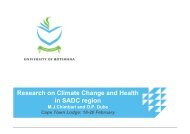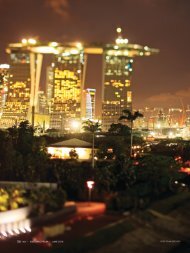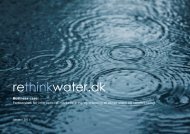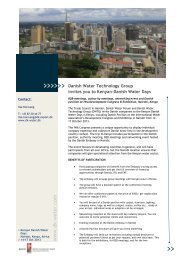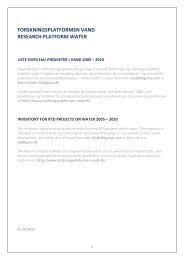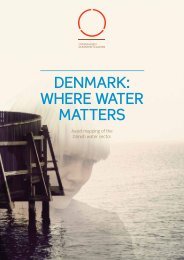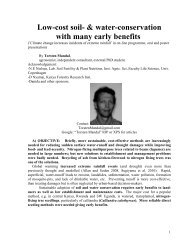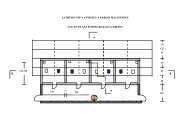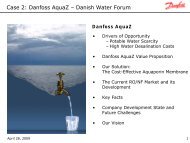energy strategy 2050 - Energy Europe
energy strategy 2050 - Energy Europe
energy strategy 2050 - Energy Europe
Create successful ePaper yourself
Turn your PDF publications into a flip-book with our unique Google optimized e-Paper software.
A flexible <strong>strategy</strong><br />
Nuclear power - still many arguments against<br />
In 1985 the Danish Parliament (the Folketing) decided<br />
that nuclear power would not be part of Danish <strong>energy</strong><br />
planning. There remain arguments against nuclear power<br />
in Denmark. It would be difficult to find locations for<br />
nuclear power plants in Denmark and there is limited<br />
Danish growth potential in the technology, because the<br />
technology has to be purchased from abroad. Finally,<br />
there are still challenges with regard to safety and disposing<br />
of radioactive waste.<br />
Experience with regard to the economics of nuclear<br />
power varies greatly. In many cases installations are fully<br />
or partly owned by the state, with a number of direct or<br />
indirect subsidies for nuclear power. Theoretical comparisons<br />
between the economics of nuclear power and<br />
other types of production indicate that nuclear power<br />
provides relatively cheap electricity. In practice, however,<br />
there are many examples of nuclear power plants which<br />
significantly exceed budgets.<br />
On the basis of information from the new Finnish nuclear<br />
power plant, Olkiluoto-3, which has been plagued by<br />
long delays and budget overshoots, investment per unit<br />
of electricity capacity is about 3.5-times more than coal<br />
power, approximately eight-times more than gas power<br />
and two-three-times more than wind power. The high<br />
investment costs of nuclear power must be recouped<br />
through operating revenues, and this is possible if the<br />
plants are in operation for a long time. With considerable<br />
uncertainty, it has been estimated that for Danish<br />
conditions, nuclear power and offshore wind power cost<br />
almost the same, although it should be noted that the<br />
economics of nuclear power plants are very sensitive to<br />
interest rates.<br />
There are system challenges linked to incorporating nuclear<br />
power in Denmark into an electricity system dominated<br />
by fluctuating wind power and electricity production<br />
bound to heating. Furthermore, there are relatively<br />
large variations in electricity consumption over a 24-hour<br />
period in Denmark (compared with countries with more<br />
<strong>energy</strong>-intensive industry and more electric heating, for<br />
example Finland and Sweden). For economic and technical<br />
reasons, nuclear power plants should preferably<br />
operate at full capacity all the time, and therefore they<br />
are not very suitable for adjustment to compensate for<br />
variations in wind production.<br />
Although there are several arguments against basing<br />
Danish electricity production on nuclear power, at all<br />
events Denmark will continue to trade electricity with<br />
other countries and therefore also import electricity from<br />
countries where nuclear power will account for a considerable<br />
amount of electricity production in the future.<br />
Box 2.1 Nuclear power<br />
20<br />
<strong>Energy</strong> Strategy <strong>2050</strong> – from coal, oil and gas to green <strong>energy</strong>.



